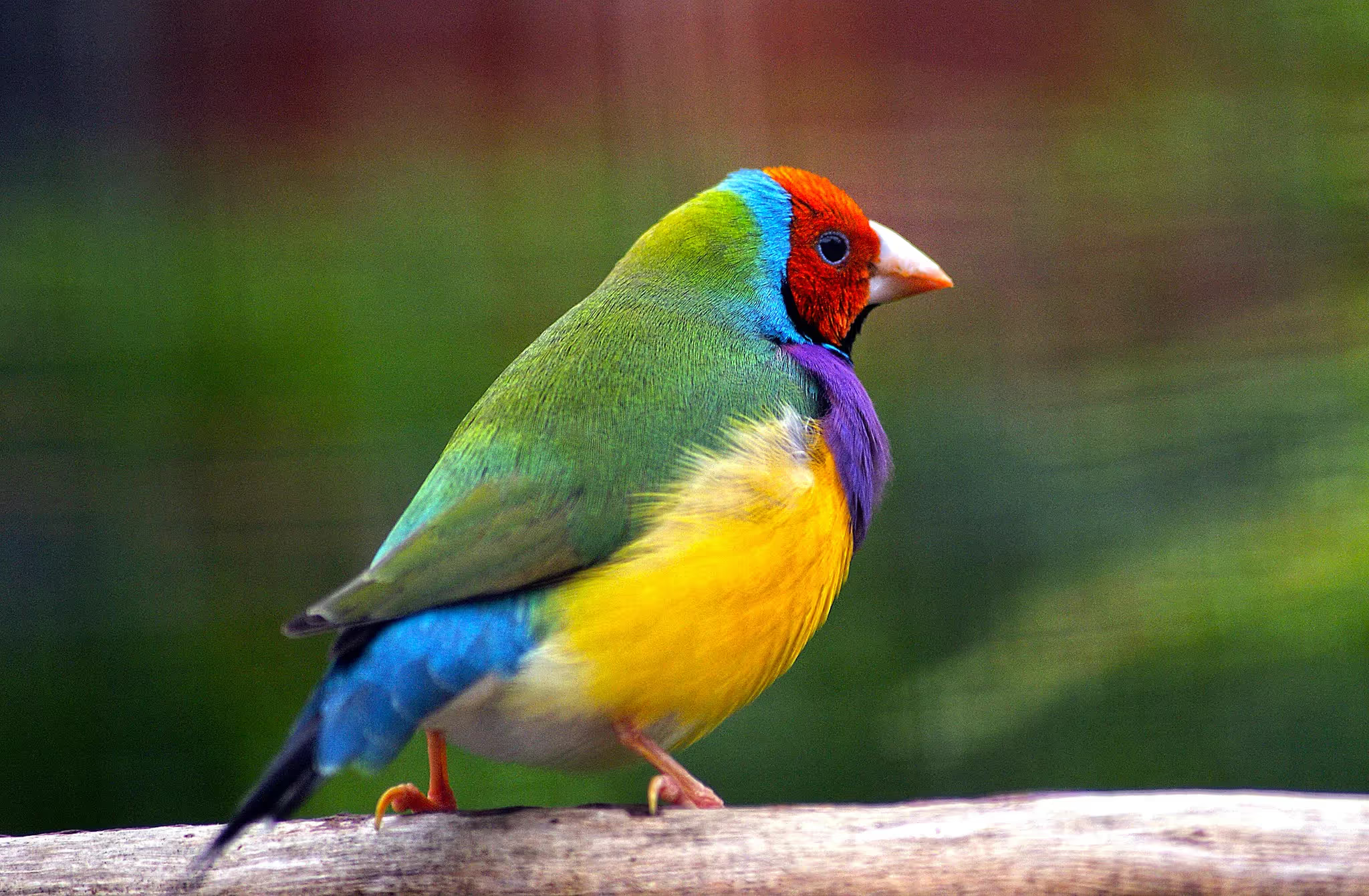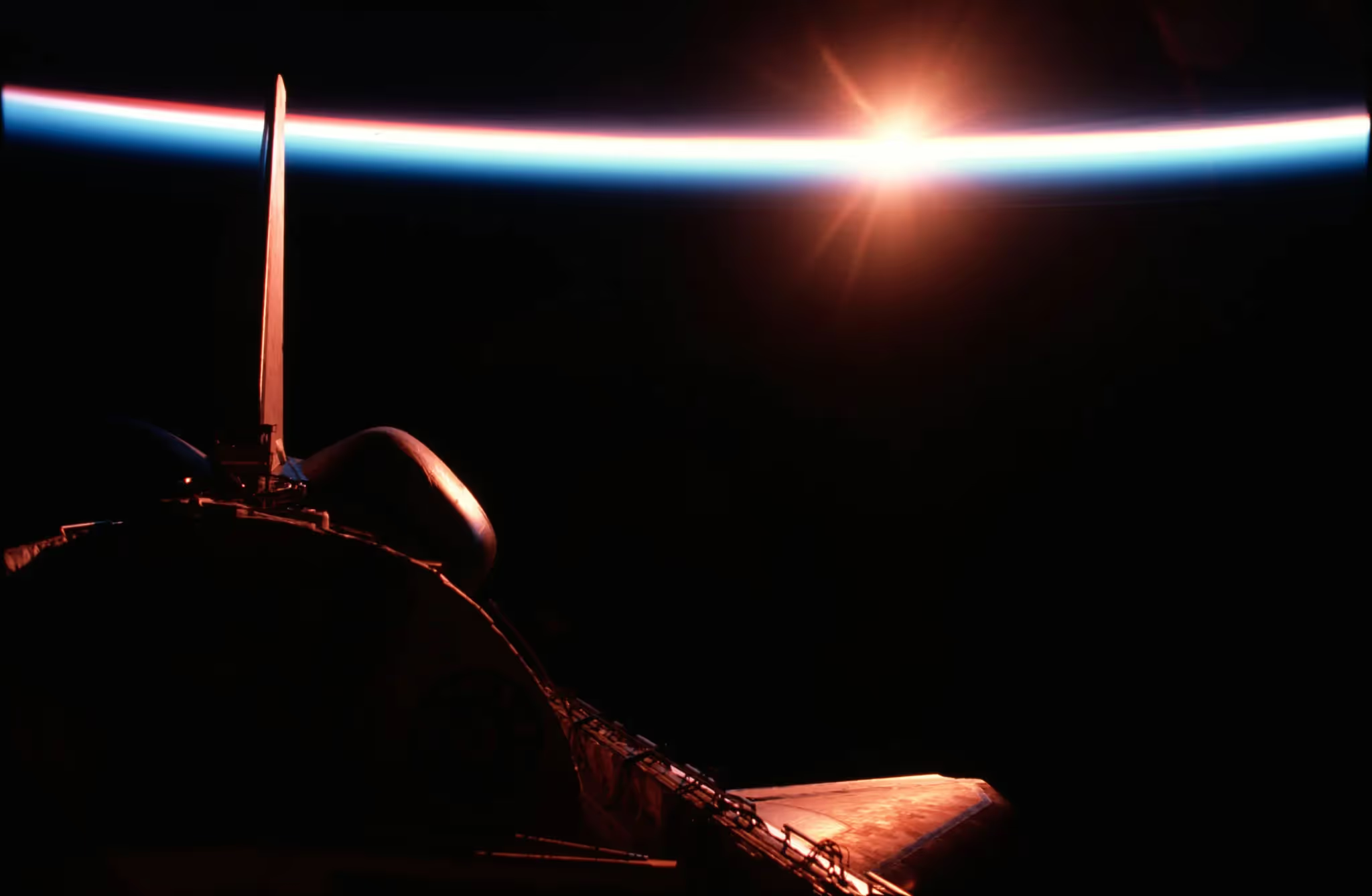The continent that invented the thermometer — and the ice cream — is once more confronted with a heatwave. And it’s starting to feel like a lot. Are the first large-scale signs of climate change starting to show in Europe too?
Is Europe even in this climate change boat?
Europe is not the typical place where you would look for extreme weather events instinctively. It is one of the stablest geological zones, the climate is tempered by the Atlantic ocean and its Gulf stream, and a few volcanoes are active in the South of Italy. The most common natural disasters native to Europe are droughts and floods.
Just one year after the Paris Agreement, a record breaking heatwave named Lucifer engulfed most of Europe, causing the temperature to surpass the 40°C mark in many parts of the continent.
We are told this is just the beginning.
If we stay on this course, the consequences for European populations and ecosystems would be as potent as they would be ramified. These last years have revealed heavy trends for climate change consequences on the continent.
We definitely are in the boat, and it’s heavy weather
The Alps could be snow free within 100 years. Temperatures in Europe could reach 50°C + every 2–3 summer if nothing is done. With the current scenario, events of this intensity are likely to become a yearly routine.
Floods now already occur earlier in the year and twice as much as 30 years ago. The death toll for extreme weather events in Europe could be multiplied by 50 in the next 100 years. Change is already visible, everywhere in Europe, at your nearest newsstand.
This summer, wildfires amplified by the heat, the drought, and roaring winds have ravaged parts of Portugal, France, Italy, and the entire Mediterranean coast. Just a little North (and because they are not not part of this continent) the UK’s coastline will be hardly hit by rising sea levels, storm surges and erosion.
It’s estimated that Europeans exposed to natural catastrophes will go from 5% in the 1970s to more than 66% by 2100. Two in three.
Those shifting weather patterns not only affect human well being but also, consequently, our ecosystems.
Nature is migrating
Changing climate alter animal and vegetal ranges and completely reshuffle natural balances between species. Only a few living organisms have the resilience to adapt to such changing environments. Even humans can’t seem to be able to, why should the fragile German black bee?

Credit: Science Library Photo
Invasive species from tropical regions are disrupting an already shaken ecosystem. These include cockroaches (they DID NOT exist in Europe before SOMEONE VERY EVIL introduced it), Egyptian mosquitoes, or African frogs. There are more than 10,000 introduced species on the continent.About half of all native species are affected directly by a rival introduced species.
The human price of climate change
By nature, climate change ripples through boundaries like they do not exist. Changing conditions creates the bed for human conflicts and humanitarian crises.
Essential natural resources such as water, arable land, or fishing stocks will be at the center of present and future conflicts. The Syrian and Sahel conflicts are precursors of drought-driven wars, where long-term changing conditions in water distribution have driven people to massive exodus and vulnerability. There are 11 million Syrians refugees today, roughly half the population of this country.
The ongoing refugee crisis in the Mediterranean paints a grim picture of human resilience. Forced mass migration as a direct consequence of climate change has become a permanent feature of our world. Europe needs to prepare better monitoring, rescuing and processing strategies for the ever more needy and numerous climate refugees.

Credit: Times
Powering through the sustainable transition
Human activity is responsible for this disaster but also the only intelligent species that can change its course. The schedule is pretty tight. We have proof that we can devise and implement extremely effective tactics when it comes to the survival of ice cream.
Europe is a big, complicated, diverse and strange place. After a few thousands of years of continuous wars, most of its countries decided it would be a good thing if they united, rather than attacked each other. Thus was born the EU, designed to build peace and to tackle common issues together. Sustainable development is one of the main goals of the EU, and it is possibly one of the institutions that could tackle it most effectively.
The EU was the only non-state participant of the Paris agreement that proposed targets: 40% reduction in carbon emissions by 2030, and a rendez-vous in 5 year to assess and ideally raise those targets.
The scientific community has established that the Paris agreement targets are insufficient to keep the temperature change under +2°C. Europe, the world and all the actors of the giant theatre of life need to step up their game. Not just for the penguins, but for the general world balance as we know it. A world that includes enough food and water to go around for everyone. And definitely penguins. Please.









